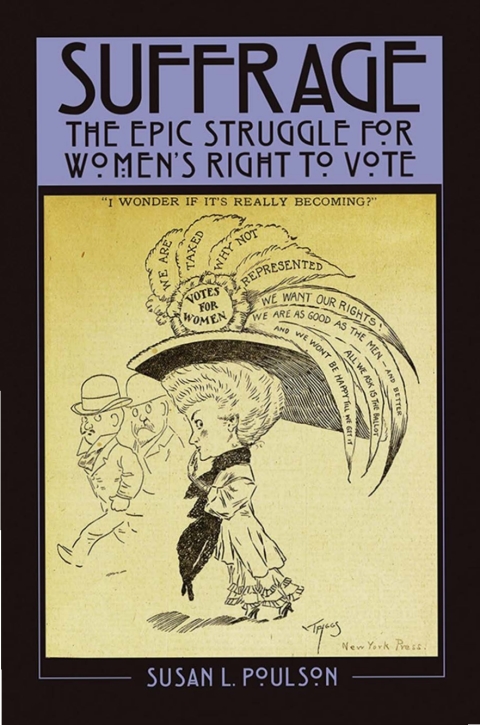
Most books are stored in the elastic cloud where traffic is expensive. For this reason, we have a limit on daily download.
Preview Suffrage
Description: Shows how women's rights came about not only because suffragists organized—they had been organized for decades to no avail—but also because the concept of womanhood expanded to accommodate a role for women outside the home and church Explains why suffrage came first and most easily in the West, which wanted to attract women settlers and valued their strength and independence, and most reluctantly in the South, where many feared that suffrage would undermine white supremacy Provides a finely nuanced view of sexism within the abolitionist movement and racism within the women's movement Addresses the challenges that early suffragists faced in getting...
Four generations of women fought for the right to vote. This book shows how their grand reform effort overcame resistance from traditionalists fearing social decay, religious leaders citing scriptural prohibitions, and a stodgy political establishment reluctant to share power.
See more
The list of books you might like
Most books are stored in the elastic cloud where traffic is expensive. For this reason, we have a limit on daily download.
